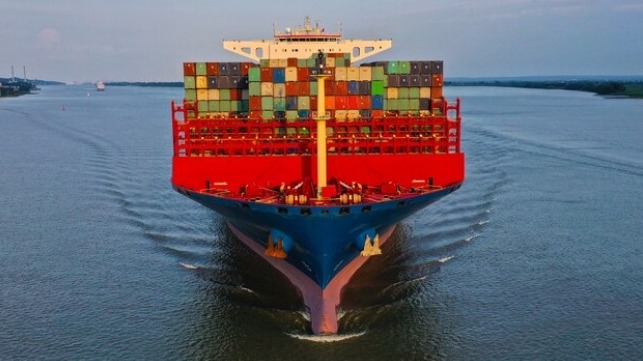Port of Hamburg Reports Strong Growth

The Port of Hamburg, Germany experience 4.1 percent growth in seaborne cargo handling in the first half of 2019.
The main contributor to the growth was general cargo which increased 6.1 percent to 48.4 million tons. A 7.5 percent increase in container handling to 4.7 million TEUs was primarily attributable to four new liner services that have linked Hamburg to ports in the U.S., Canada and Mexico since the start of the year. The Port of Hamburg is now directly linked by a total of 14 liner services with 29 ports in the U.S., Mexico and Canada. The U.S. became Hamburg's second top partner for container services with 283,000 TEUs handled.
“A total of 11 new liner services in the 2019 first half make it obvious that the Port of Hamburg has gained in attractiveness for shipping and shippers,” said Axel Mattern, Joint CEO of Port of Hamburg Marketing. “With the start of expansion related to the adjustment of the fairway on the Lower and Outer Elbe, we are well on course for further expanding Hamburg’s position as the Northern European hub for worldwide freight traffic.”
Mattern said that, in the first half, Hamburg proved able to grow container traffic more rapidly than Rotterdam and Antwerp.
During the first half, the number of container ships calling at Hamburg rose to 3,046, an increase of 3.7 percent. Among these were 89 ultra-large container carriers with a slot capacity of 18,000 TEU and over.
The first half also proved successful for the Port of Hamburg’s transshipment services. At 1.7 million TEUs, transshipment on to feeder ships in Hamburg rose by 5.5 percent. Seaport-hinterland services on land increased 8.7 percent to 2.9 million TEUs. More than 100 liner services connecting Hamburg with more than 1,000 seaports worldwide, deliver the containers that then leave Hamburg for further distribution inland.
A total of 24.4 million tons, a 5.0 percent increase, were shifted into or out of the port by rail. In the container transport segment, 1.4 million TEUs were handled by rail in the Port of Hamburg, making it Europe’s leading rail port.
For the second half of the year, against a background of repercussions on world seaborne trade from the U.S. and China trade war, the Port of Hamburg anticipates total growth of four percent in seaborne cargo throughput.
